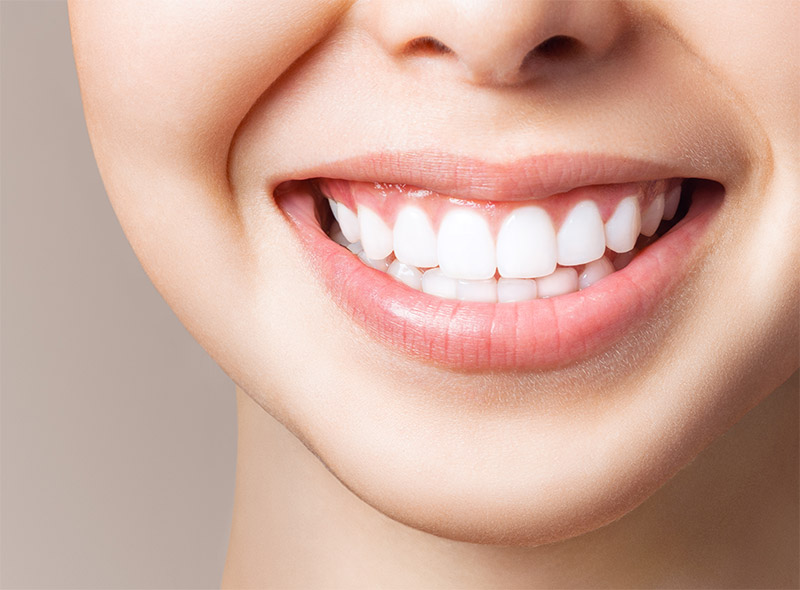Unveiling the Brightest Smile: DIY Teeth Whitening Facts

7 DIY Teeth Whitening Products and Their Impact on Your Teeth

1. Baking Soda: A classic teeth whitening remedy, baking soda’s abrasive nature can help remove surface stains. However, excessive use may erode tooth enamel, leading to sensitivity and potential damage.
2. Hydrogen Peroxide: A common ingredient in whitening products, hydrogen peroxide has bleaching properties that can whiten teeth. Yet, misuse or high concentrations may cause gum irritation and tooth sensitivity.
3. Activated Charcoal: This trend gained popularity for its ability to absorb surface stains, but it may not effectively address deeper discoloration. Additionally, its abrasive nature could harm enamel.
4. Apple Cider Vinegar: Although it has natural bleaching agents, apple cider vinegar’s acidic content can weaken tooth enamel if used frequently.
5. Strawberries and Lemon: Both fruits contain natural acids and enzymes that can help lighten stains. Still, their acidity may harm the teeth if used excessively.
6. Oil Pulling: An ancient practice, oil pulling involves swishing oil in the mouth to remove toxins. While it may improve oral hygiene, its whitening effects are limited.
The Importance of Professional Dental Care








